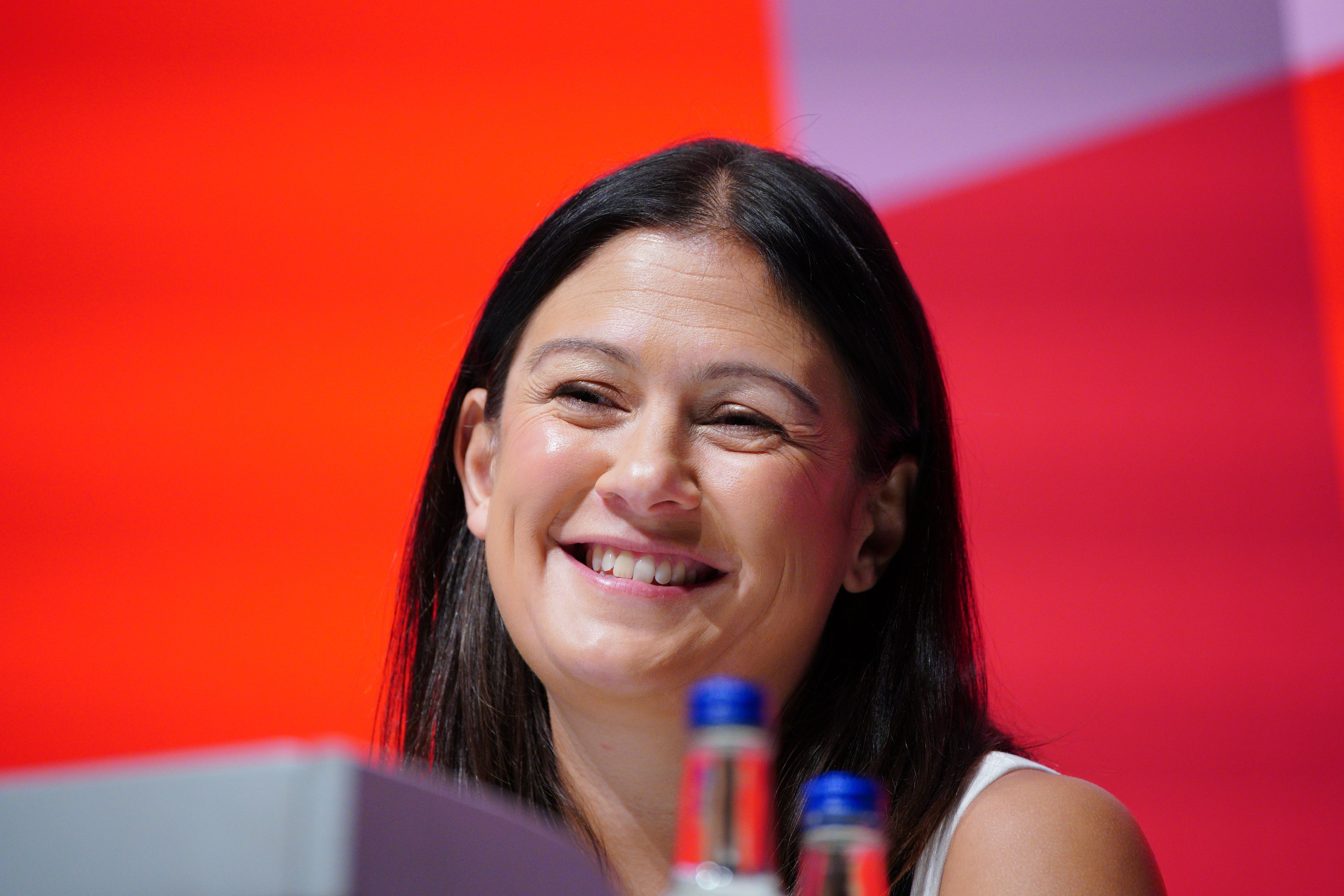Move over, Eton – my Mancunian comp is now the frontbenchers’ school of choice
More members of Labour’s new cabinet went to an unassuming state secondary in south Manchester than attended the public school that produced 20 prime ministers. Here, Marina Gask remembers fondly her time at Parrs Wood – and reveals what made it such a political powerhouse


There must be something in the water in east Didsbury. Either that, or someone popped a few magic beans in the grounds of Parrs Wood High School so the big, fat Manchester raindrops would help sprout future cabinet ministers.
It’s not just Lucy Powell, leader of the House of Commons, and culture secretary Lisa Nandy who got their secondary education at this Mancunian state school. Scottish Labour politician Graeme Morrice was educated there. Stella Creasy is rumoured to have been a first-year at the school before moving south. Now there are officially more cabinet ministers from this comprehensive school than there are from Eton, it’s got us all wondering: what’s so special about Parrs Wood?
In the Seventies when I was there, for many south Manchester parents, it was the school. One of the first purpose-built comprehensives, it provided a blueprint for many that followed.
Located in the leafy Parrs Wood estate that hugs the River Mersey, with its grade II-listed Georgian villa that made it picturesque from certain angles, the school was a collection of large, grey, modern buildings with a huge unlovely dual carriageway whizzing past, making the school gates accessible by an ugly metal bridge. But inside, it was a big, bright open space with shiny parquet floors. No Eton College or Hogwarts, it felt like another world after our tiny Victorian primary schools.
While the school was modern and progressive, many of the original teachers came from grammar schools, instilling a rod-of-iron, rote-learning style of education. Discipline was taken seriously – the daily queue of quaking boys waiting outside headmaster Mr Iball’s office to receive “the strap” across their palm (usually for waggin’ it – ie, playing truant) was a reminder that waywardness was not tolerated. Thankfully, corporal punishment was banned in 1986. But while you could have a laugh with some of the teachers, you always handed in your homework.
The school’s scope was ambitious, with its focus on computer studies, its language labs and a huge drama studio with a lighting rig, fully equipped for performance (my Titania was a triumph). The drama department went on to produce film actors Max Beesley and Holliday Grainger and Corrie’s Qasim Akhtar, who was also in Shameless. Pupils have performed in La boheme at the Palace Theatre.
At the rural studies centre, you could take environmental studies “O-level” – unusual for the Seventies. We didn’t have a rowing lake, but sports were huge, with both cyclist Matt Crampton and cricketer Nick Speak among the alumni. Members of the Kamani family, founders of the Boohoo fashion empire, went there, too. Video game developer Chris Roberts and journalist Hannah Pool were all former pupils. If you had a talent, the school would nurture it.
Was Parrs Wood a hotbed of political firebrands? My elder sister remembers assembly being interrupted by a sit-in on her first day, with pupils protesting over the running of the school and the right for boys to wear their hair long (oh the Seventies). And there was a debating society too – an incredible training ground for future MPs. Heck, some of us even studied Latin (take that, Boris Johnson!)
We didn’t wear tailcoats, but a charcoal grey and maroon uniform (and super-fat Seventies ties). While there was strong leadership, like with today’s metro mayors power was largely devolved to heads of department, dynamic figures with big personalities. They were ambitious for the school – it felt like a place of possibility.
They also knew how to make school fun, with legendary madcap Christmas shows written and performed by staff. I remember a few teachers who’d go the extra mile to help you in ways that today’s teachers, constantly having to jump through hoops to protect Ofsted status, would struggle to find the time to do. They were great role models. No great shakes academically when I joined the school, I left with enough A-levels to go to university and the feeling that the world really was my oyster.
Of course, recollections may vary, and my superschool will have been someone else’s horror story. With roofs leaking, the school fell into disrepair by the Eighties and was eventually demolished, before being rebuilt. Now an academy, it has had its share of scandal. In May 2007 – the year the school was put into special measures – a canister of CS gas was discharged in the science area, an “idiotic prank” that resulted in 58 students and staff being taken to hospital. Last January, a 14-year-old girl suffered serious injuries after being stabbed by a fellow student.
And yet it remains a popular, progressive, over-subscribed school, which Ofsted has praised for its culturally diverse and caring community. After the Manchester Arena bombing, the Parrs Wood school choir recorded an Ariana Grande track to benefit the victims, then performed it at the One Love Manchester concert with Grande herself.
Parrs Wood High School is proof that great state schools with proper funding can justifiably have ambition. For Nandy and Powell, the school’s motto of “Believe. Achieve. Succeed” must still ring true: Powell is now a parent there, too.






Join our commenting forum
Join thought-provoking conversations, follow other Independent readers and see their replies
12Comments